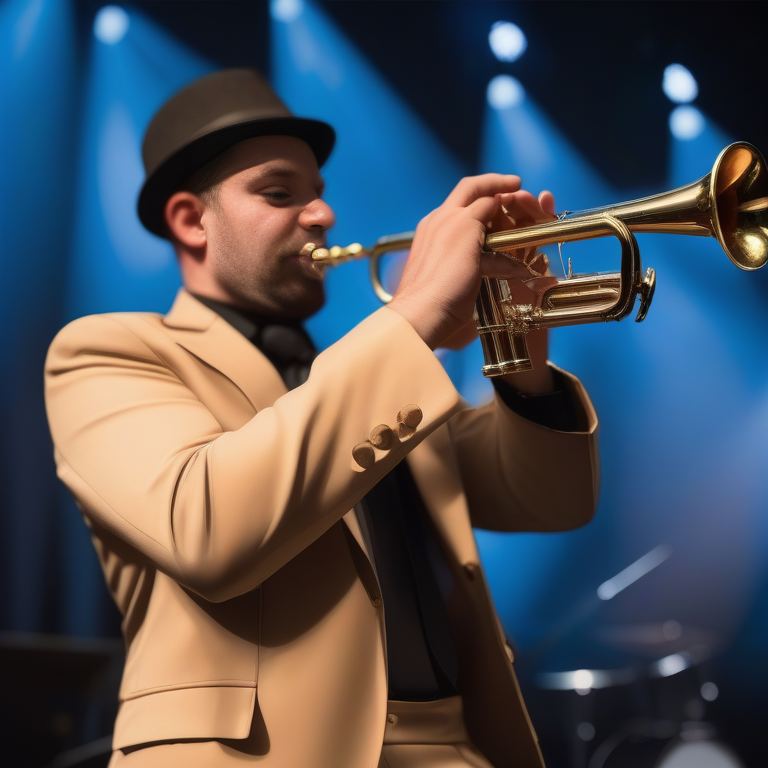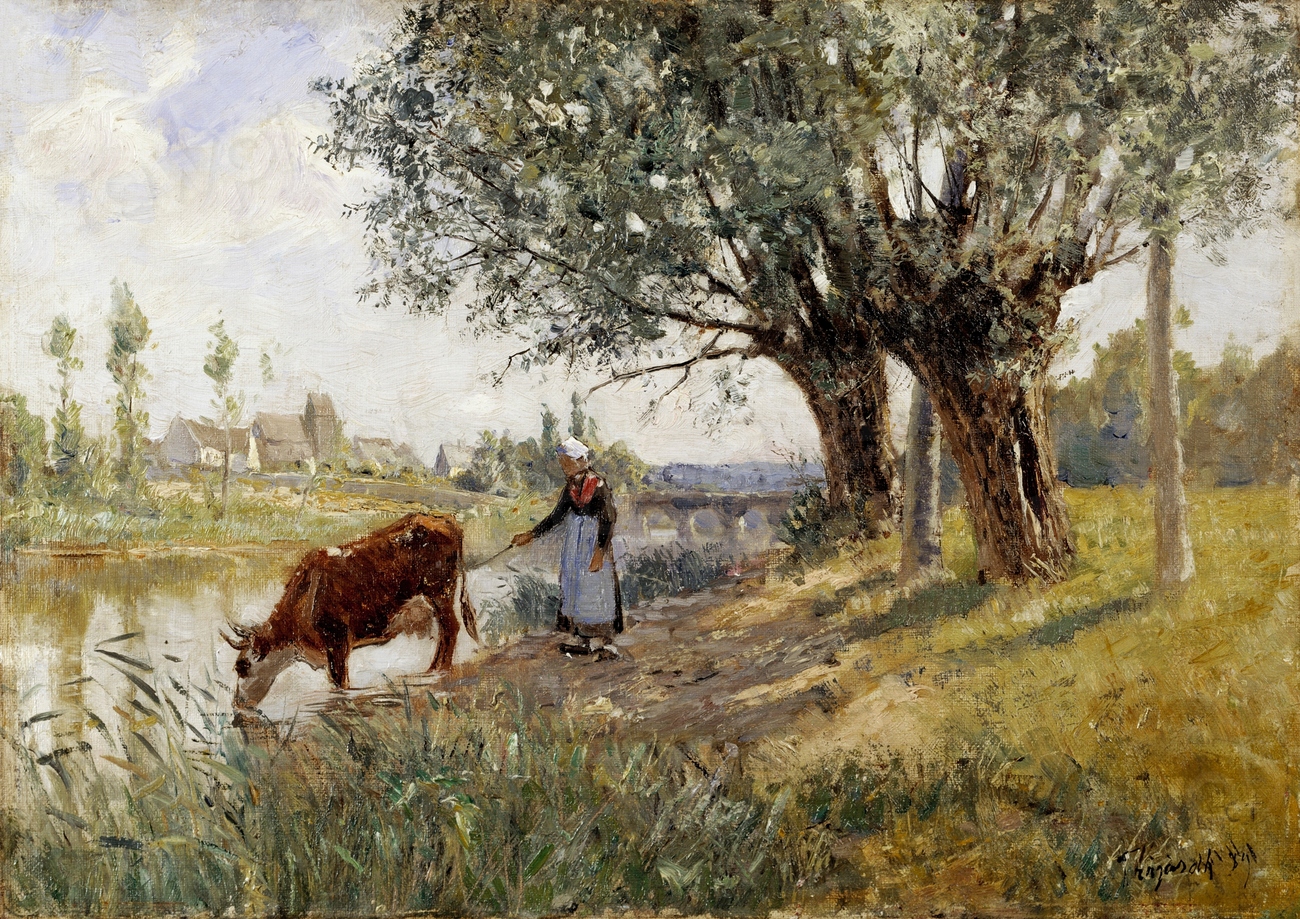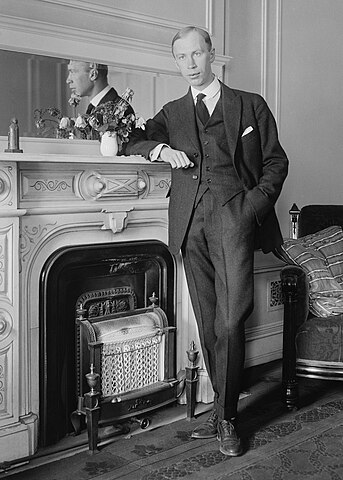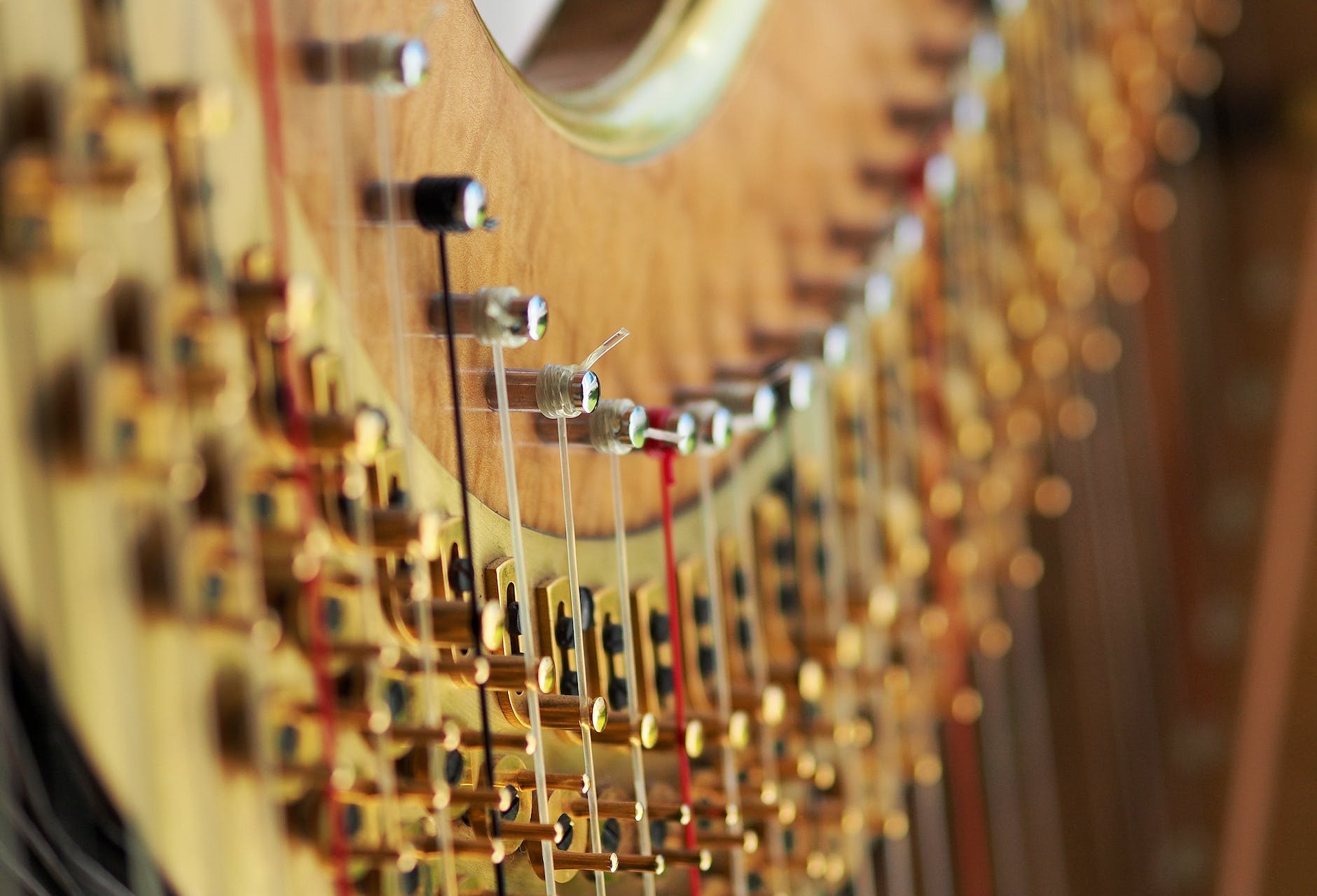Legends of Jazz: Unveiling the Most Influential Jazz Musicians of the 20th Century
Five Most Influential Jazz Musicians Of All Time Louis Armstrong: The Father of Jazz Louis Armstrong, often referred to as the Father of Jazz, was a groundbreaking musician whose influence shaped the genre in countless ways. Born in 1901 in New Orleans, Armstrong began his career playing trumpet and cornet in local bands. His innovative … Read more









